Many car companies have researched cars that use hydrogen.
The Ministry of Industry and Trade has just submitted a document to the Prime Minister on approving the strategy for hydrogen energy production until 2030, with a vision to 2050. In particular, transportation is identified as a potential field to apply hydrogen instead of gasoline and diesel.
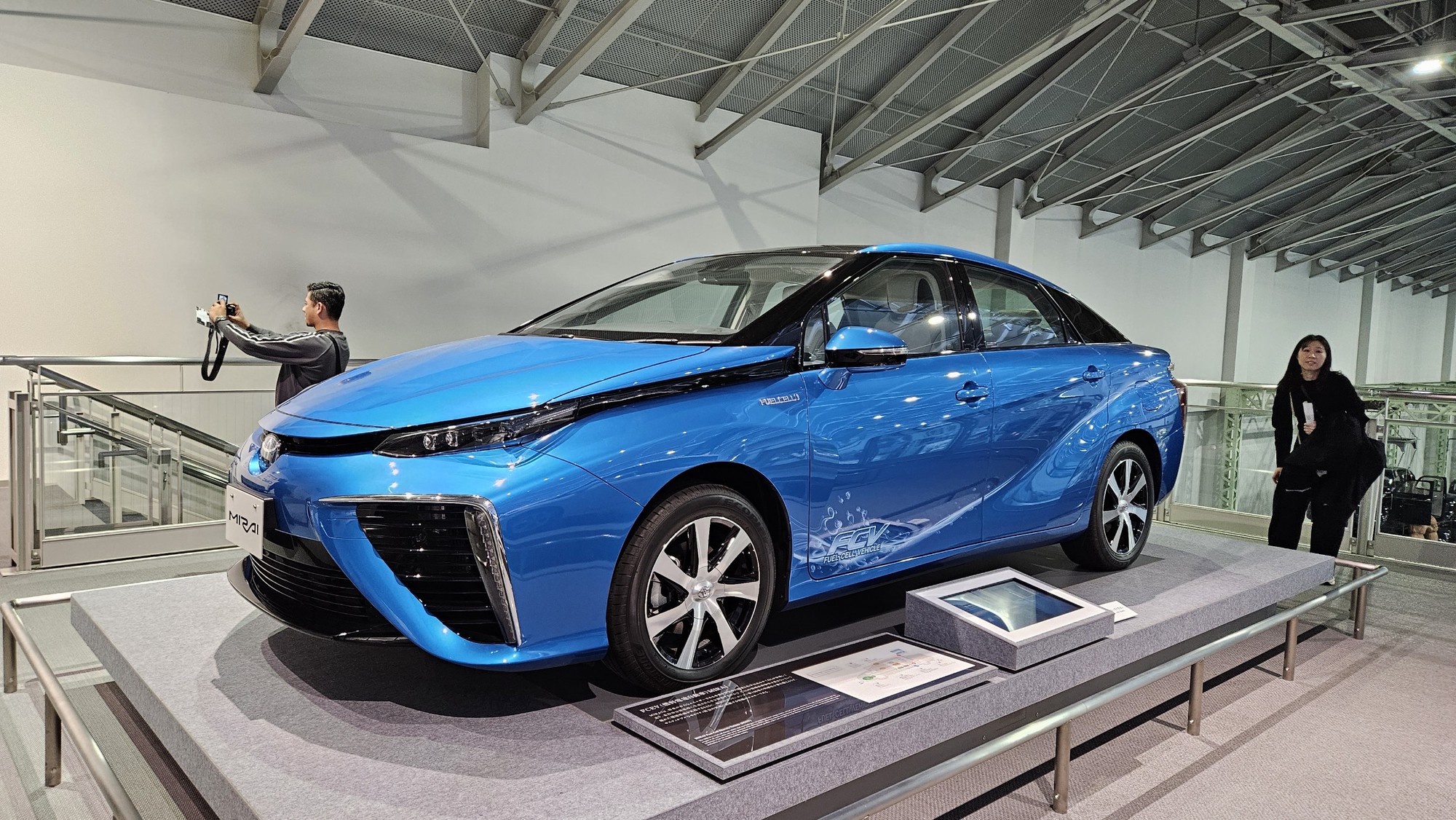
Toyota is the leading brand and is continuing to develop FCEV vehicles.
With the plan to use hydrogen, the period up to 2030 will be piloted in electricity production, industry and transportation (public transport and long-distance transport). The period up to 2050 will switch to using hydrogen in vehicles according to the transport sector roadmap alongside a number of other manufacturing sectors.
In Vietnam, hydrogen fuel-cell vehicles (FCEV) are still relatively new, but in the world , many car manufacturers such as Hyundai, Honda, and BMW have been researching for a long time. But Toyota is the most prominent among them.
Simply put, an FCEV is a type of electric car that also uses an electric motor as a pure electric vehicle (BEV). The only difference between an FCEV and a BEV is that it charges through the process of generating energy from hydrogen gas.
Additionally, the car also has regenerative braking that captures energy lost during braking and stores it in the battery.
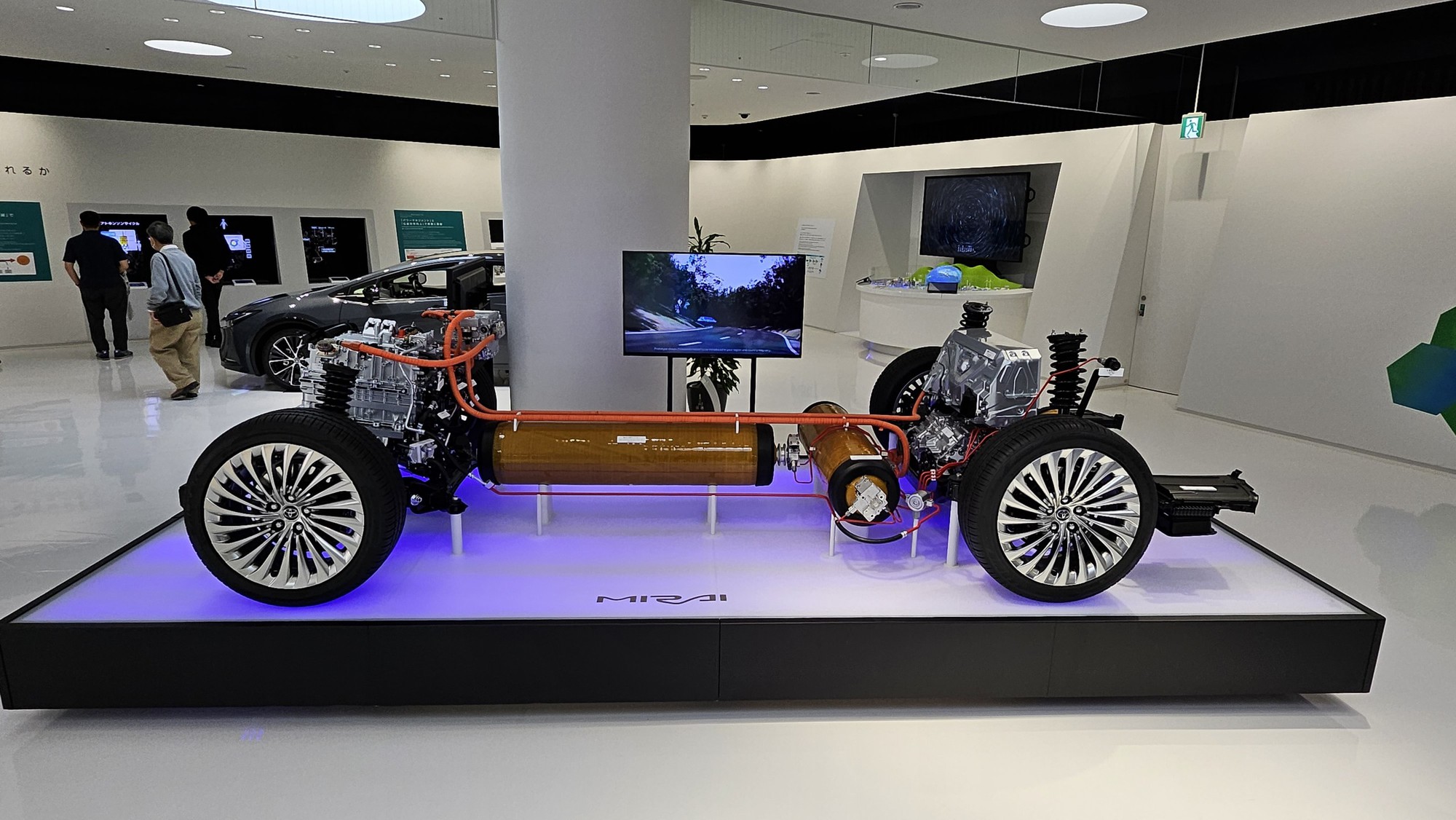
Powertrain structure of Toyota Mirai FCEV.
In addition, because it uses hydrogen gas to generate energy, FCEV vehicles will need to be equipped with a fuel cell system to serve this purpose. This system converts heat energy into electrical energy, using a chemical reaction between oxygen and hydrogen, without creating carbon emissions.
Notably, the hydrogen recharging time of FCEV vehicles is relatively fast, similar to that of internal combustion engine cars, and the travel distance is long, so this technology seems to be superior to electric cars.
As evidence, Toyota Mirai once surprised many people when in October 2021, this car model was recognized by the Guinness Book of Records for an outstanding achievement when it continuously traveled 1,360km with a full tank of hydrogen.
Toyota is also developing a vehicle that uses an internal combustion engine that runs on hydrogen. According to experts, if it is successfully commercialized, the current automobile supply chain will be almost unaffected because most internal combustion engine vehicle components can be shared.
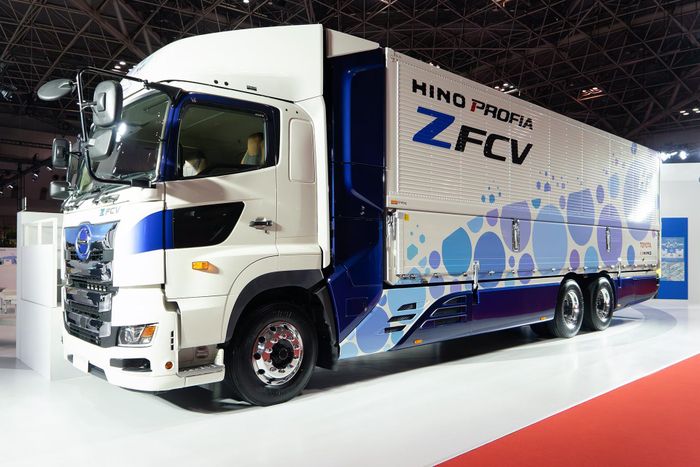
Hydrogen fuel is being targeted for use in trucks.
More superior, why are FCEVs not as popular as BEVs?
The travel distance is longer and the charging time is faster, but FCEV cars are still not popular due to the huge costs of producing green hydrogen, storing, transporting and building charging stations.
Speaking to Giao Thong Newspaper reporters, an expert from Toyota Vietnam said that hydrogen, depending on its origin, is divided into three types, arranged according to its level of cleanliness: gray, blue and green.
Of these, grey hydrogen is being produced mostly from fossil fuels such as natural gas or coal.
The cleanest green hydrogen, produced using renewable energy (wind power, solar power, etc.), is produced by electrolysis of water. Therefore, green hydrogen is more expensive than grey hydrogen because it is not readily available.
In addition, storing and transporting hydrogen to a filling station is expensive. In addition, building a standard hydrogen filling station for cars is very complicated and requires a large investment, costing up to 2 million USD.
Currently, the number of hydrogen charging stations in the world is very limited, combined with the high price of the car, making it difficult for FCEVs to reach consumers. Therefore, some car manufacturers have gradually "shelved" their plans to develop FCEVs or stopped producing commercial vehicles, such as the case of the Honda Clarity.
However, in an interview with Autocar, Toyota Chief Technology Officer Hiroki Nakajima confirmed Toyota's new direction in developing hydrogen energy technology. Accordingly, Toyota will prioritize developing this technology for specialized vehicles instead of popular vehicles as before.
According to Mr. Hiroki Nakajima, with medium-sized trucks, mainly running from A to B. Because there are many vehicles moving from A to B, it is possible to build permanent hydrogen filling stations. Specialized vehicles are a field that should be tested and developed with hydrogen technology.
To demonstrate this orientation, at the Japan Mobility Show 2023, Hino - a subsidiary of Toyota, displayed a series of commercial vehicles using hydrogen technology.
An expert commented that the trend of using hydrogen fuel on transport vehicles can be considered appropriate. "Because this is a type of vehicle that carries goods and is large in size, if we make a BEV, we will need a very large battery with a large capacity, which will increase production costs. Besides, the charging time for a large battery will also be very long. However, if we make an FCEV for transport purposes, it will be much more effective because of its good performance, fast charging time and only a few dozen kilograms of hydrogen can go a very long distance before needing to be refueled," the expert added.
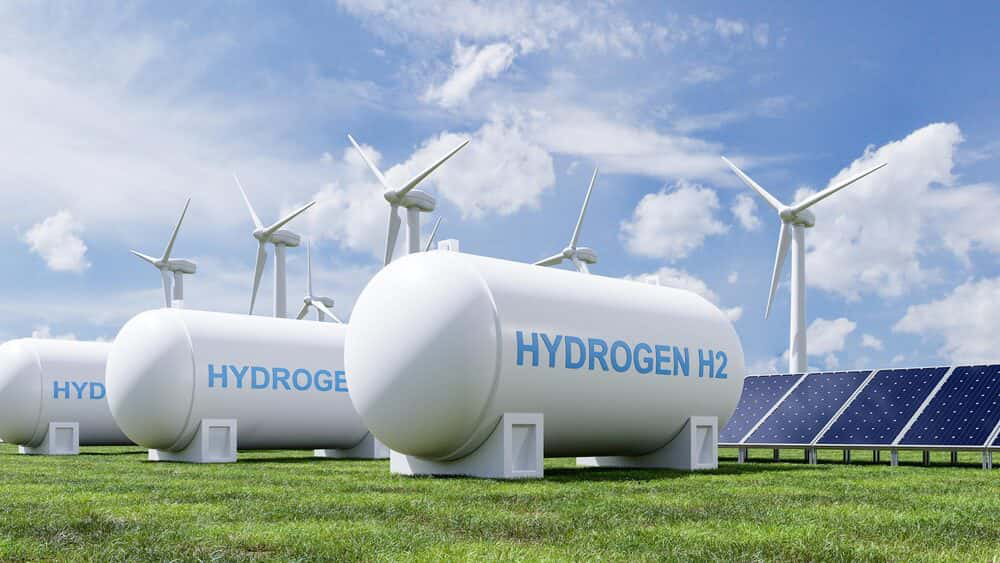
Vietnam is assessed to have many advantages to produce hydrogen - Illustration photo.
Vietnam has advantages in producing clean hydrogen
Mr. Tien Quoc Hao, CEO of Toyota Asia region, President of Toyota Asia - Pacific believes that Vietnam has strong agricultural resources and can produce hydrogen gas in the future.
"Vietnam has the advantage of being an agricultural country with rice and agricultural crop production as well as forming a large-scale livestock industry, so there are many by-products that can be input for biogas production - an energy source to produce clean hydrogen.
This is a big advantage in the context that most of the hydrogen produced in the world currently uses electricity from high-emission sources (thermal power, hydropower...).
Previously, I worked with a company in Ho Chi Minh City on oil refining, they produced hydrogen but the purity was not high.
Vietnam has the advantage of a very long sea route, and transporting hydrogen by sea is also convenient. However, the initial period requires a lot of costs, so it takes time and a good enough market capacity to reduce costs," Mr. Hao shared.
Source: https://xe.baogiaothong.vn/o-to-chay-bang-hydro-khac-xe-xang-xe-dien-the-nao-192231103150333756.htm


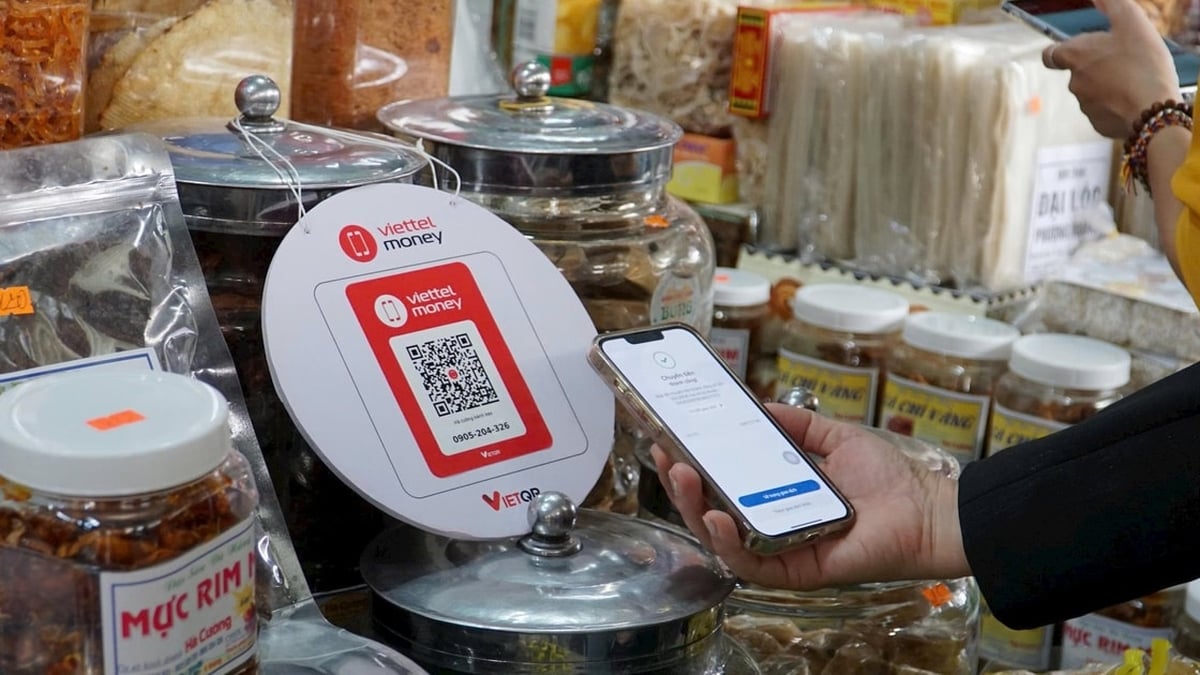



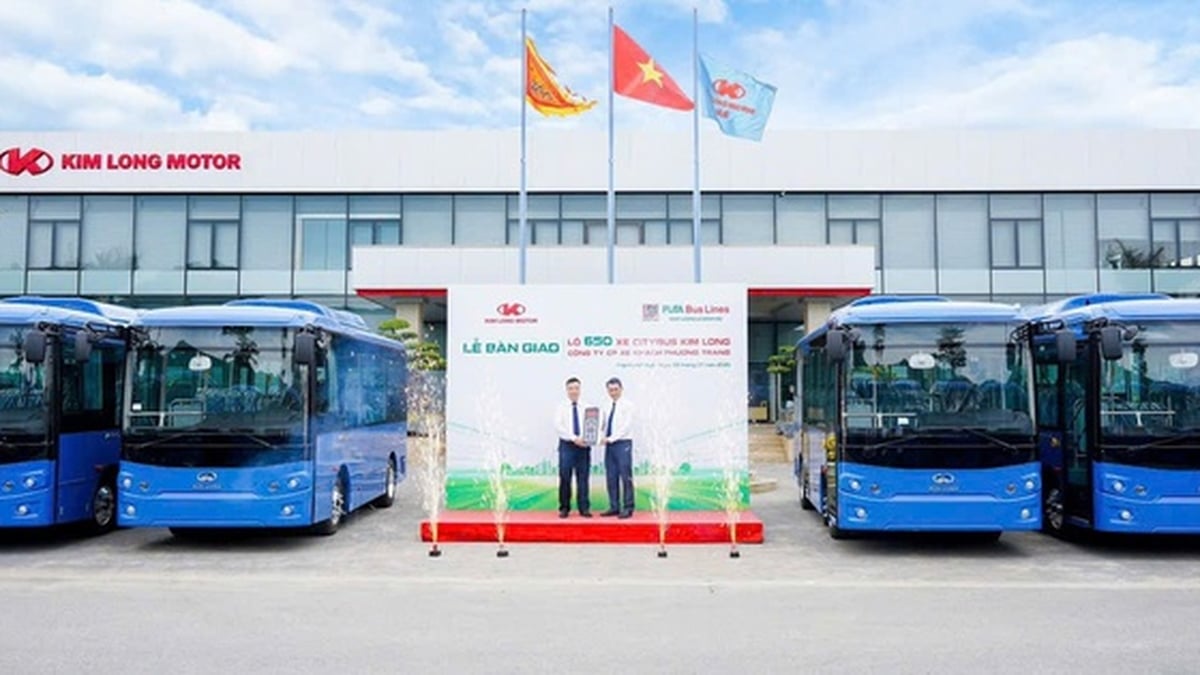
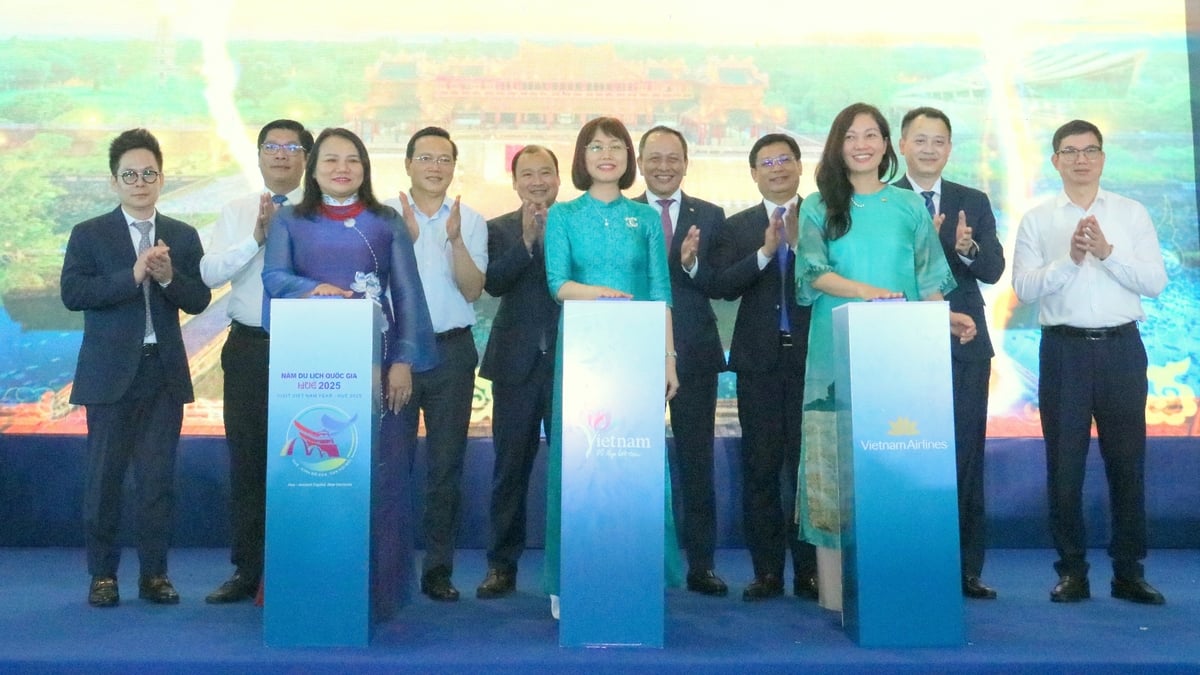

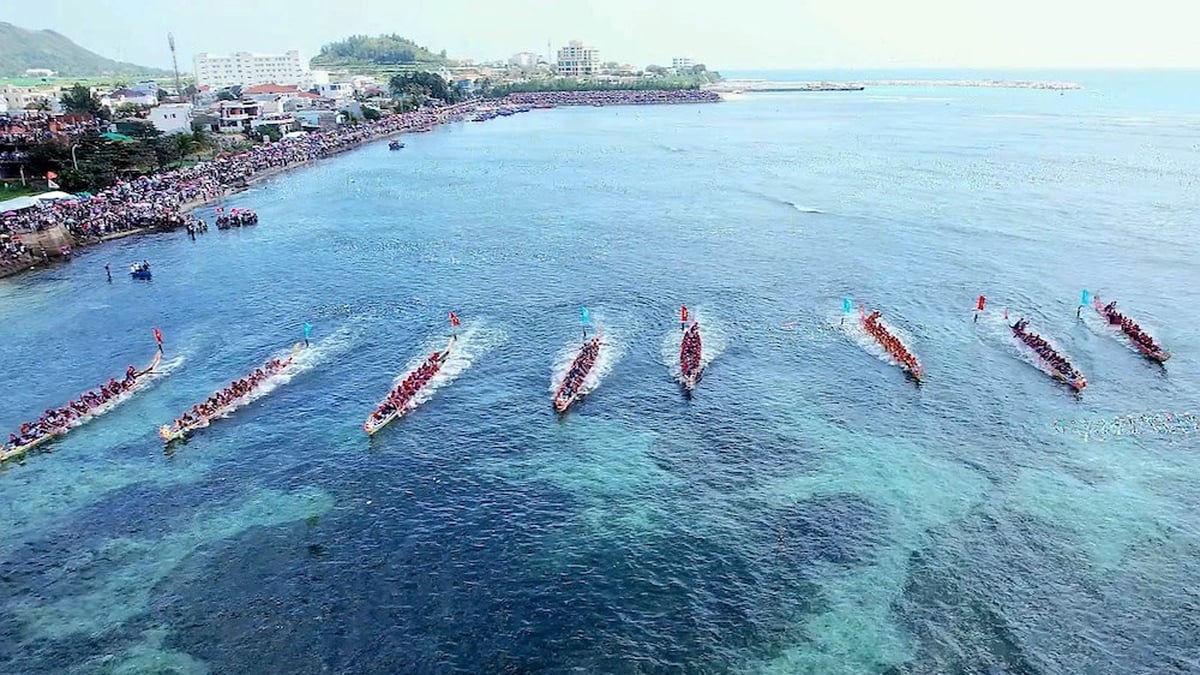
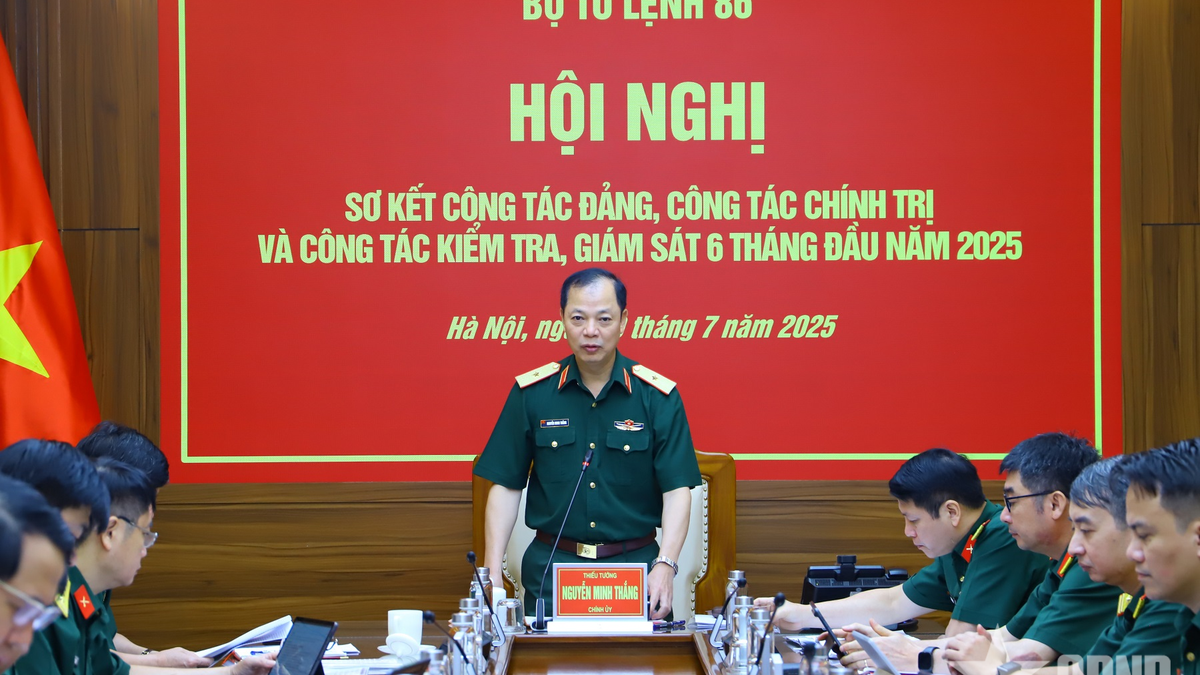
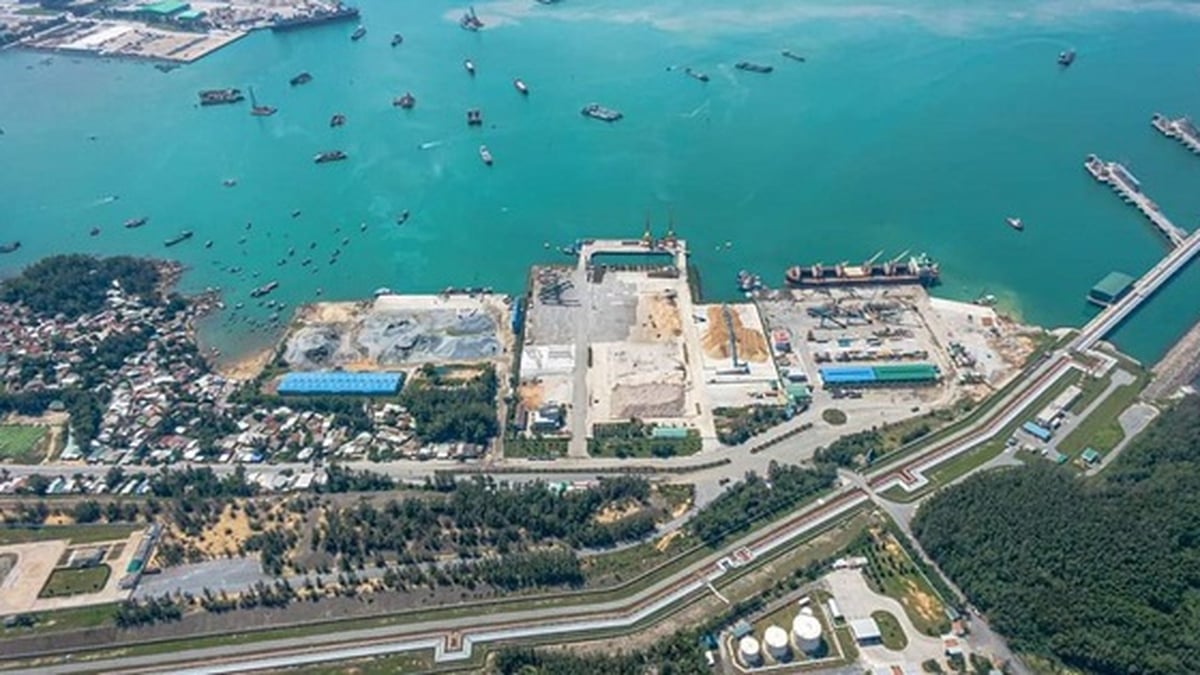










































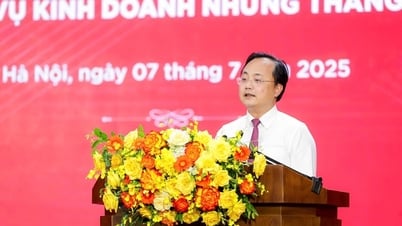

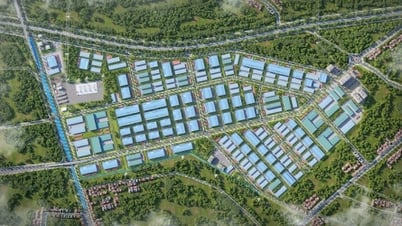








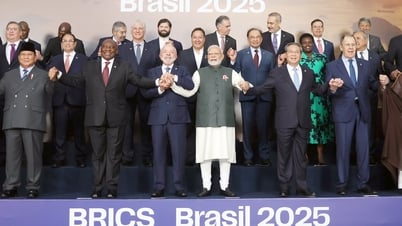


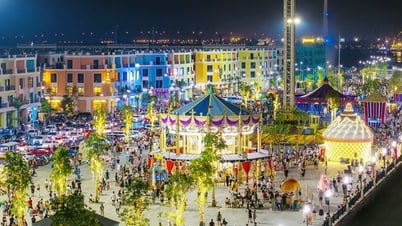



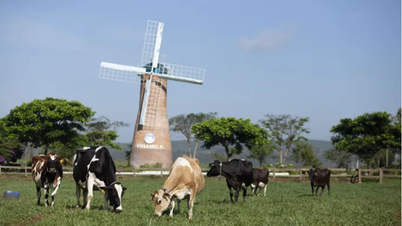

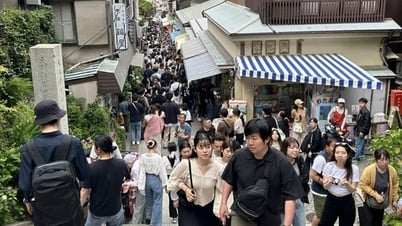



















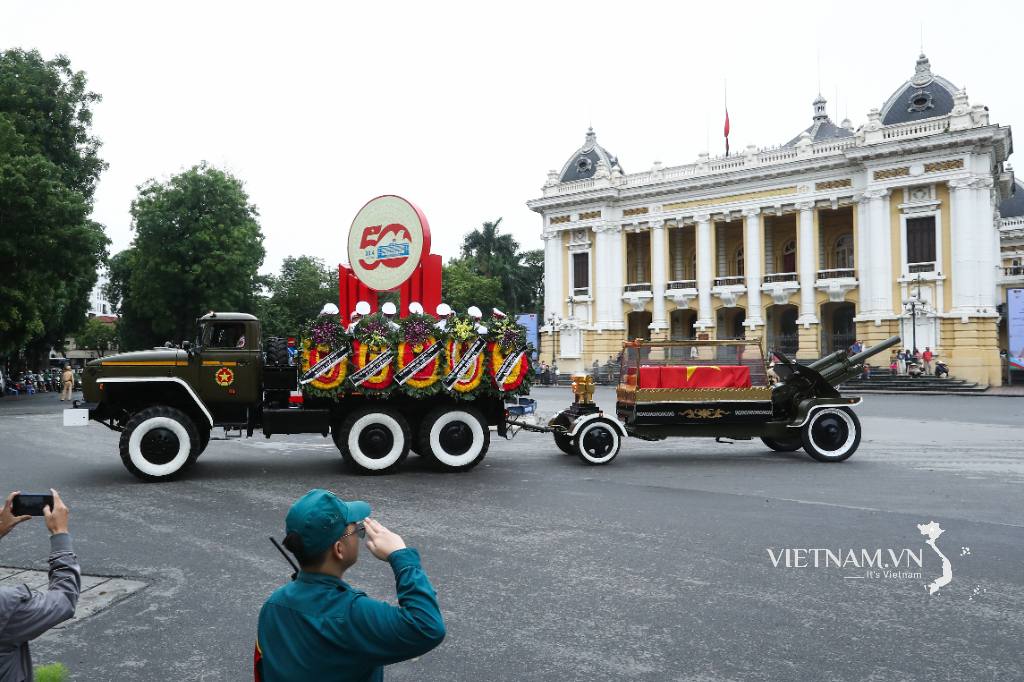



Comment (0)